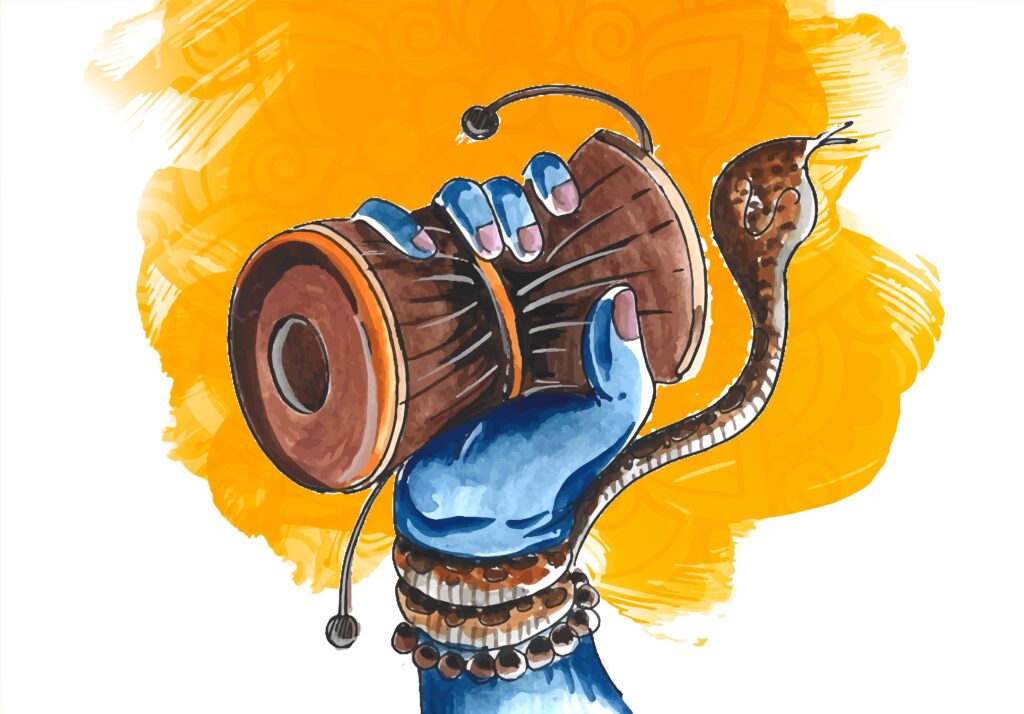Before delving deep into the topic, What is the difference between Shiva and Rudra, I would like to tell you that the ultimate form of lord Shiva is SadaShiva. It is the highest form of the supreme lord, which doesn’t have a physical dimension.
Hence, to physically personify himself, SadaShiva manifested his first form as Rudra. As I have mentioned, Rudra is the most mighty, yet fearsome form of SadaShiva. Even deities fear the Rudra form of SadaShiva, which is frightful and known as the cosmic roar of the universe.
The anger of lord Rudra was truly remarkable and because of Rudra’s anger, the other deities could not come near the Rudram form of SadaShiva. Thus everyone requested SadaShiva to manifest his compassionate form. After accepting their request, SadaShiva manifested his benevolent form as lord Shiva.
Lord Shiva is the primary lord in Hinduism, known as the great lord Mahadev, and devotees have massive faith, affection, and reverence for Shiva. In the contemporary form, Shiva means the auspicious one and worshiped in the form of a lingam and physical idols. His devotees hold this form in high reverence and adoration.This calm form of Shiva is often referred to as Shankara, which translates to a dispeller of doubts and dilemmas.
Goddess Parvati prayed and meditated to marry Lord Shiva in his Shiva Shankara form. After their marriage, she became known as Rudrani in her sublime form, as Shiva’s other aspect is Rudra himself.
Thus, the Shiva-Shankara form is the most worshipped and admired form of Shiva. In that form, Shiva has various similar personifications like Gangadhar, Neelakantha, Bholenath, and Pashupati Nath, but an important point to notice is that all these forms of Shiva are incredibly powerful as Rudra. The only difference is these all are harmonious and auspicious forms of Shiva.
Hence, lord Shiva is the only deity with both physical and non-physical existence. Now, let’s switch to Lord Rudra.




 🔱
🔱

